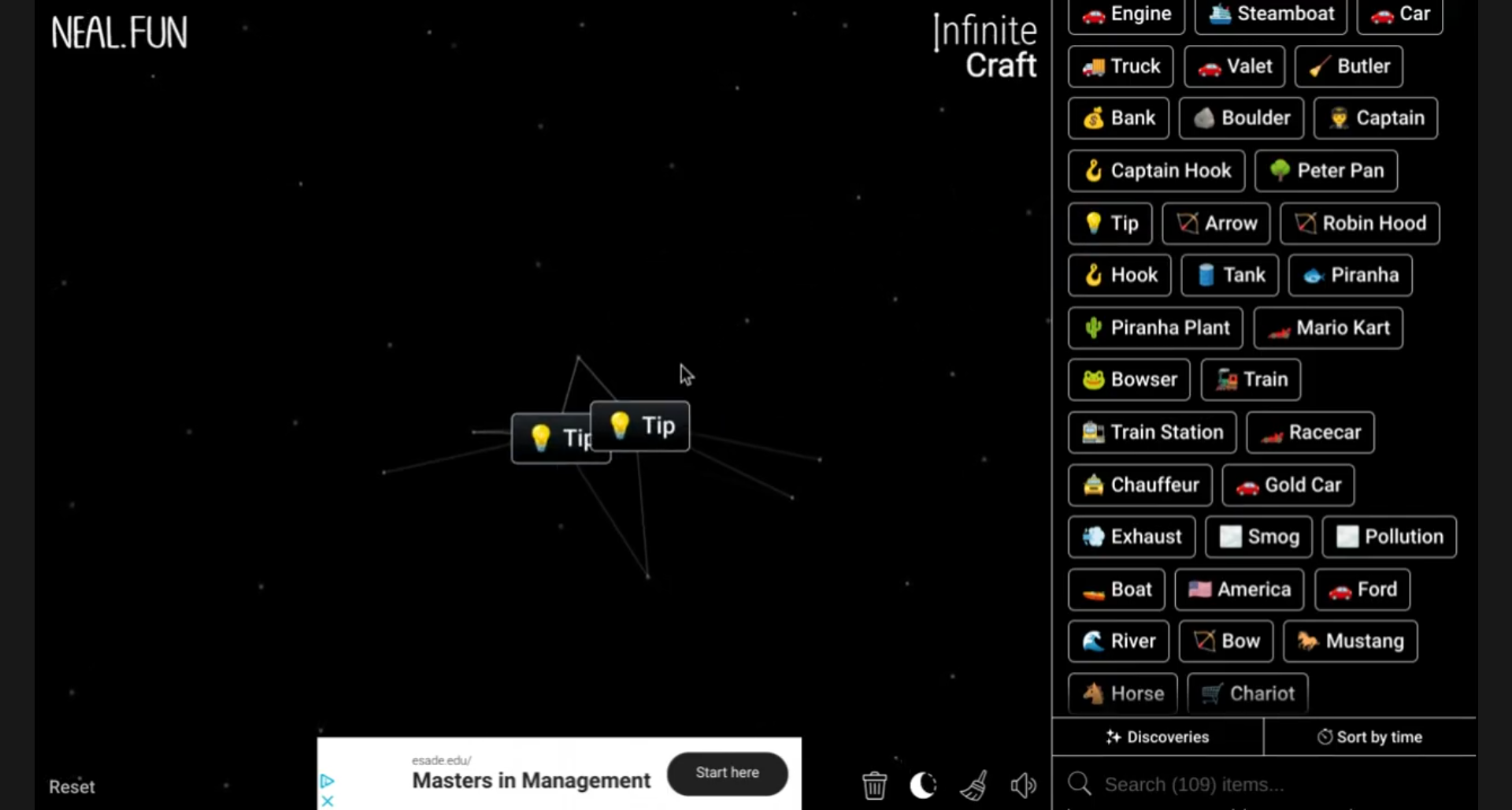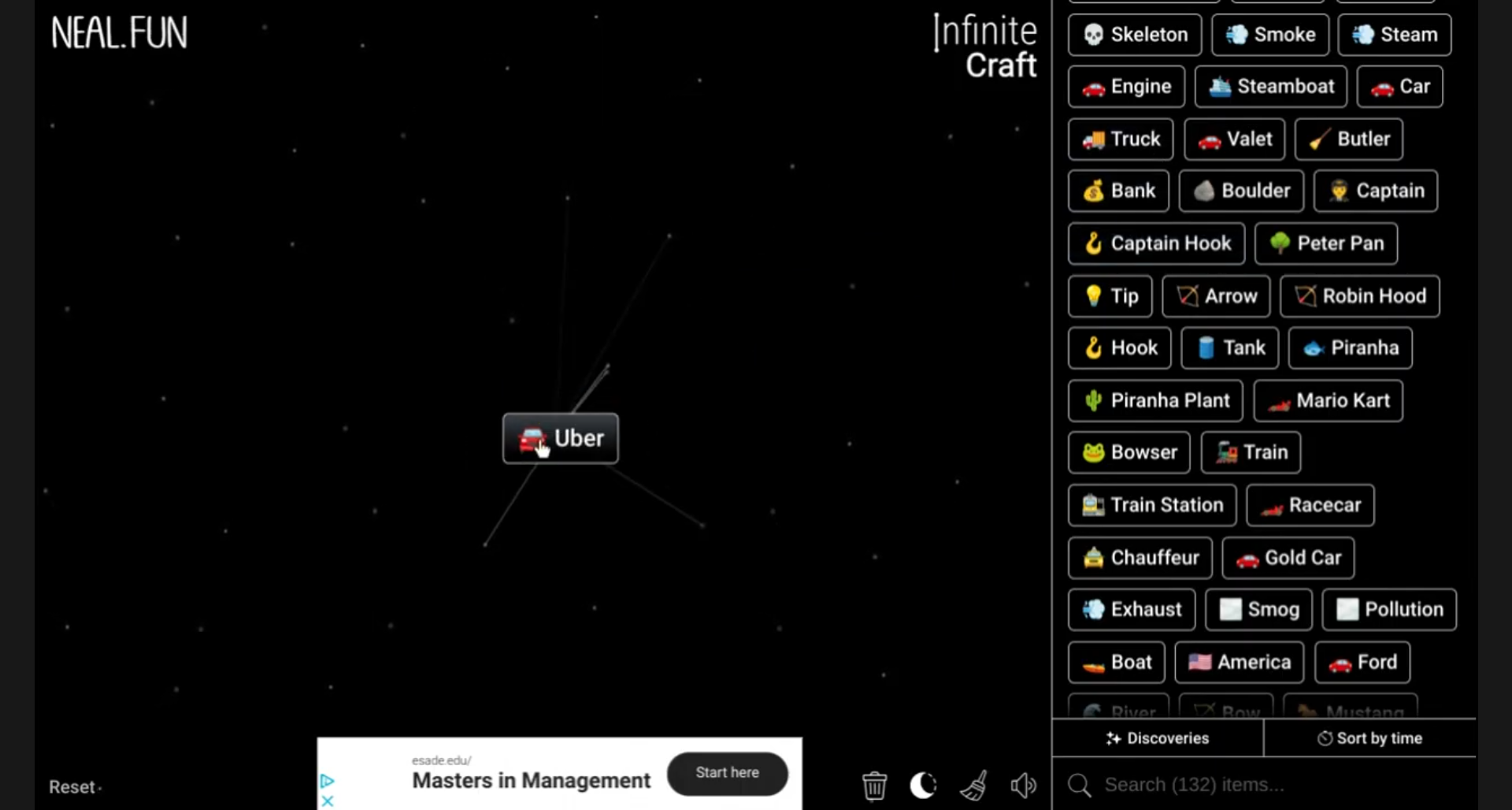Filmmaking is an art that thrives on boundless possibilities, often referred to as “infinite craft.” This concept encapsulates the ever-evolving nature of film production, emphasizing the need for creativity, adaptability, and innovation at every stage—from pre-production to post-production and beyond. In an industry where stories come alive through visuals and sound, harnessing your unique voice and techniques can lead to remarkable outcomes. This article dives deep into the essential components of film production, offering insights on how to effectively navigate the complexities of the filmmaking process.
Understanding the Concept of Infinite Craft
Definition of Infinite Craft
The term “infinite craft” refers to the limitless potential for creativity within filmmaking. It implies that filmmakers can perpetually refine their skills, experiment with new ideas, and push boundaries. As filmmakers develop their abilities, they unlock new ways to tell stories, leading to richer narratives and deeper connections with audiences.
Philosophical Underpinnings
At the heart of filmmaking lies the interplay between vision, narrative, and technique. Every film begins with a unique vision, often shaped by the filmmaker’s experiences and aspirations. Experimentation and innovation are crucial elements of this journey. By embracing new ideas and approaches, filmmakers can breathe life into their narratives, ensuring that their work resonates with viewers.
Pre-Production: Laying the Groundwork
Script Development
The first step in creating a film is developing a compelling script. This involves brainstorming sessions where ideas can flourish. Each story arc and character must be thoughtfully crafted, taking into account conflicts, motivations, and resolutions. Utilizing tools like Final Draft or free alternatives like Celtx can streamline this process.
Budgeting and Funding
Understanding production costs is vital. Successful films require careful budgeting to determine how to allocate resources effectively. Exploring crowdfunding platforms like Kickstarter or seeking grants can provide necessary financial support. Additionally, approaching potential investors or sponsors can play a crucial role in securing funds.
Assembling a Team
The next step is to assemble a talented team. Key roles in filmmaking include the director, cinematographer, editor, and sound designer. Establishing clear communication and collaboration practices is essential to ensure everyone is aligned with the project’s vision.
Location Scouting
Finding the perfect settings for your film can set the tone for your narrative. Location scouting involves searching for suitable places that capture the essence of your story. Remember to obtain necessary permits and permissions, as these are integral steps to a smooth shooting process.
Production: Bringing the Vision to Life
Equipment Essentials
Choosing the right equipment can significantly impact the quality of your film. Invest in reliable cameras, lenses, and lighting. Additionally, don’t overlook sound equipment, as clear dialogue and quality audio can enhance the viewer’s experience immensely.
Filming Techniques
Understanding framing, composition, and camera movement can elevate your storytelling. Techniques such as the rule of thirds, leading lines, and depth of field can help create visual interest. Don’t hesitate to explore unconventional methods; innovation often stems from taking risks.
Director’s Role on Set
A director must lead the cast and crew while maintaining a balance between creativity and logistics during shooting. Strong leadership ensures that everyone is motivated and working toward a shared vision.
Capturing Sound and Music
Audio is a critical aspect of film quality. Poor sound can detract from even the most beautifully shot images. Integrating original scores and well-timed sound effects can help immerse the audience in your story.
Post-Production: Crafting the Final Product
Editing Basics
Editing is where the film comes together. Utilizing software tools such as Adobe Premiere Pro or Final Cut Pro will allow you to cut and arrange footage effectively. Key editing techniques—like montage and cross-cutting—can enhance storytelling.
Color Grading and Visual Effects
Color grading helps establish mood and tone. Understanding color theory can assist filmmakers in evoking desired emotions. Moreover, integrating visual effects can elevate storytelling, making it an unforgettable viewing experience.
Sound Design and Mixing
Good sound design can draw viewers into your film. Balancing dialogue, sound effects, and music ensures a rich auditory experience. Remember that silence can also be powerful; strategically placed pauses can enhance dramatic tension.
Test Screening and Feedback

Engaging in test screenings allows filmmakers to gauge audience reactions. Feedback loops are essential for refining edits. Using surveys or discussions can help gather valuable insights that lead to improvements in the final product.
Distribution and Marketing: Sharing Your Craft
Film Festivals and Competitions
Submitting to film festivals can provide visibility and accolades. Create a strategy for selecting festivals that align with your film’s genre and themes. Participating in competitions can also offer benefits, including networking opportunities and exposure to industry professionals.
Online Platforms for Distribution
Utilizing online platforms like YouTube, Vimeo, and various streaming services can broaden your audience reach. Additionally, leveraging social media platforms can drive engagement and enhance promotional efforts.
Building an Audience
Creating a fan base is crucial in the filmmaking industry. Engage with viewers through social media, email newsletters, and community events to foster a loyal audience. Techniques such as behind-the-scenes content can generate excitement and buzz around your work.
Continuous Learning and Growth in Infinite Craft
Staying Current in the Industry
Following industry trends and technological advancements is essential to maintain relevance in filmmaking. Networking and collaboration can foster new opportunities and perspective shifts that inspire creativity.
Embracing Failure and Iteration
DLearning from mistakes is part of the creative process. Use failures as stepping stones for growth. Adopting an iterative approach can lead to innovative ideas that move your projects forward.
Expanding Skill Sets
Pursuing workshops, online courses, and mentorship opportunities can broaden your skill set. Exploring different roles within filmmaking can enhance your overall craft, allowing you to appreciate the various aspects of production.
| Section | Key Points |
|---|---|
| Understanding Infinite Craft | Boundless creativity; experimentation; unique voice |
| Pre-Production | Script development; budgeting and funding; team assembly |
| Production | Equipment essentials; filming techniques; director’s role |
| Post-Production | Editing basics; color grading; sound design |
| Distribution | Film festivals; online platforms; audience building |
| Continuous Learning | Staying current; embracing failure; expanding skills |
FAQ
1. What is the first step in making a film?
The first step is developing a solid script, ensuring that the story is compelling and well-structured.
2. How can I find funding for my film?
Explore crowdfunding platforms, grants, and potential investors to secure funding for your film project.
3. What are essential filming techniques to master?
Focus on framing, composition, camera movement, and storytelling methods to enhance the quality of your film.
4. Why is sound design important in filmmaking?

Good sound design immerses the audience in the film experience, making audio just as crucial as visuals.
5. What are some effective ways to promote my film?
Utilize social media, film festivals, and online platforms for distribution and audience engagement.

6. How can I continuously improve my filmmaking skills?
Pursue workshops, online courses, and network with other filmmakers to stay informed and enhance your craft.
7. What role does color grading play in a film?
Color grading influences the emotional tone of a film, affecting how viewers perceive the story.
8. How important is feedback in the editing process?
Feedback is crucial as it provides insights into audience reactions, helping to refine the final product effectively.
9. What are some popular platforms for film distribution?
YouTube, Vimeo, and various streaming services are excellent platforms for distributing independent films.
10. How can I build an audience for my film?
Create engagement through social media and community events, while providing behind-the-scenes content to foster interest.